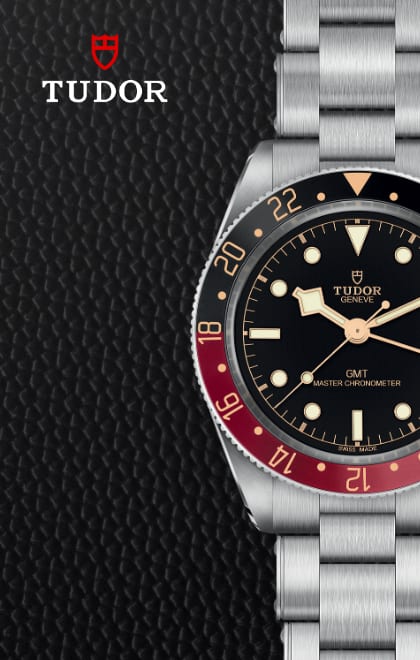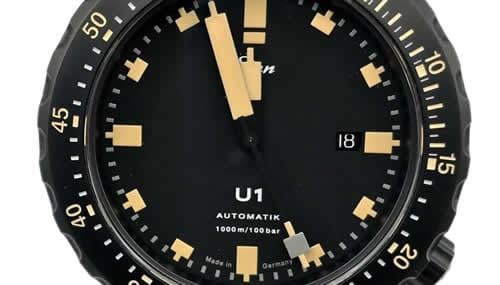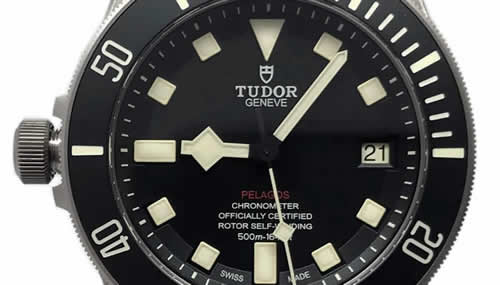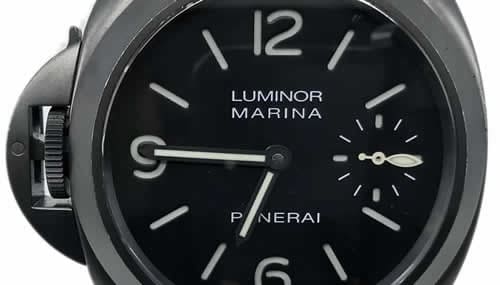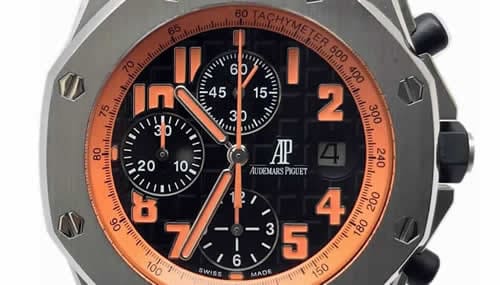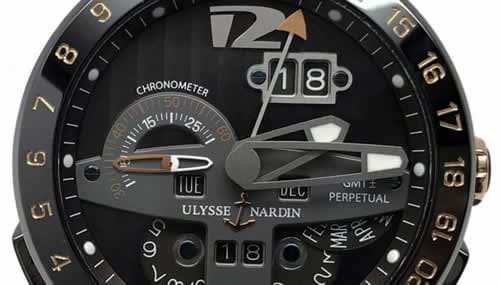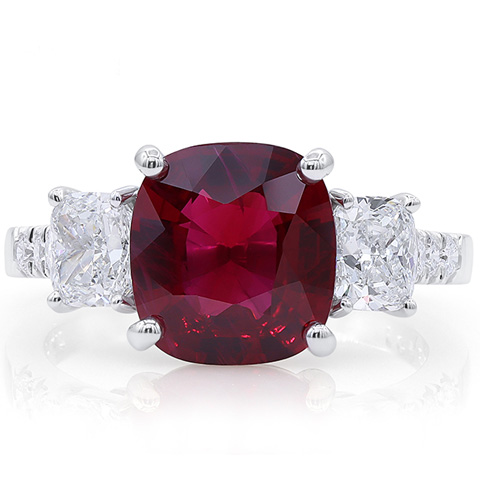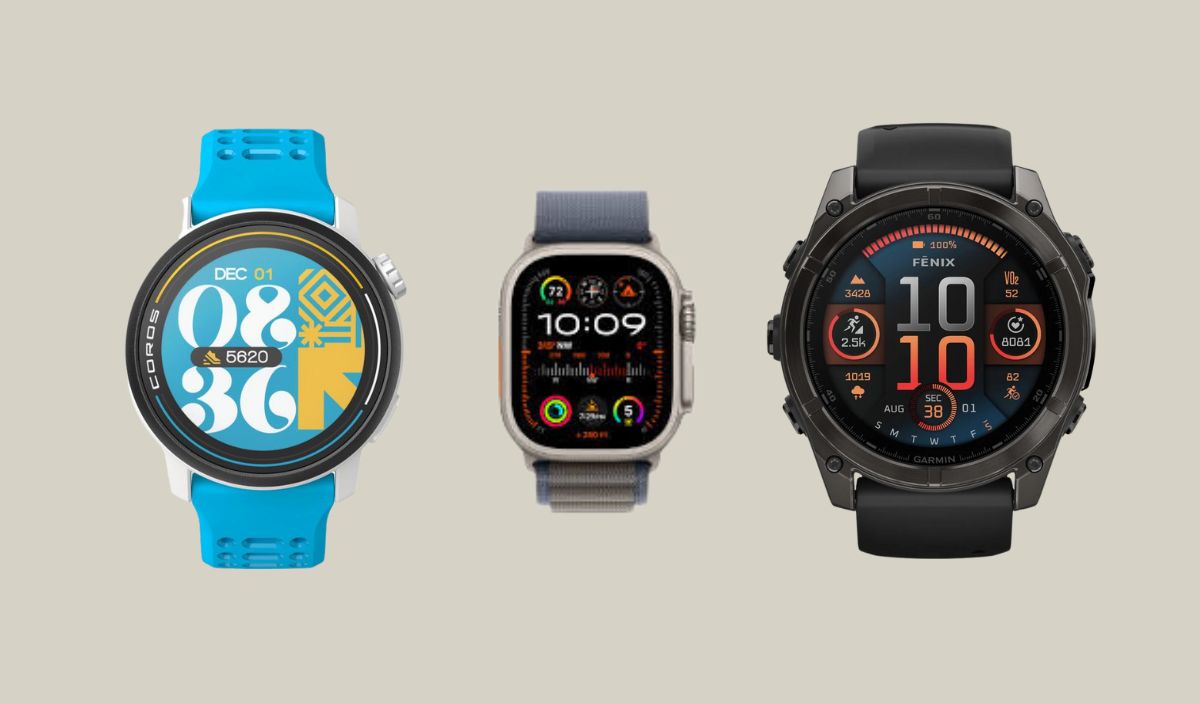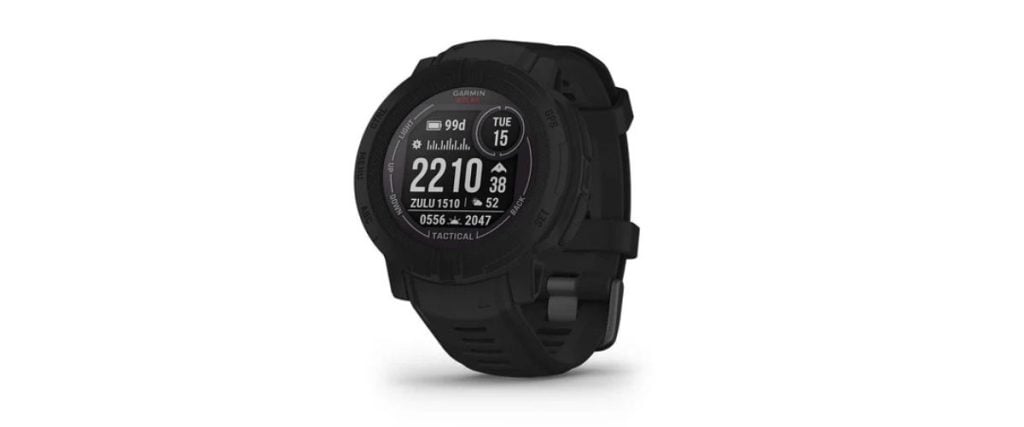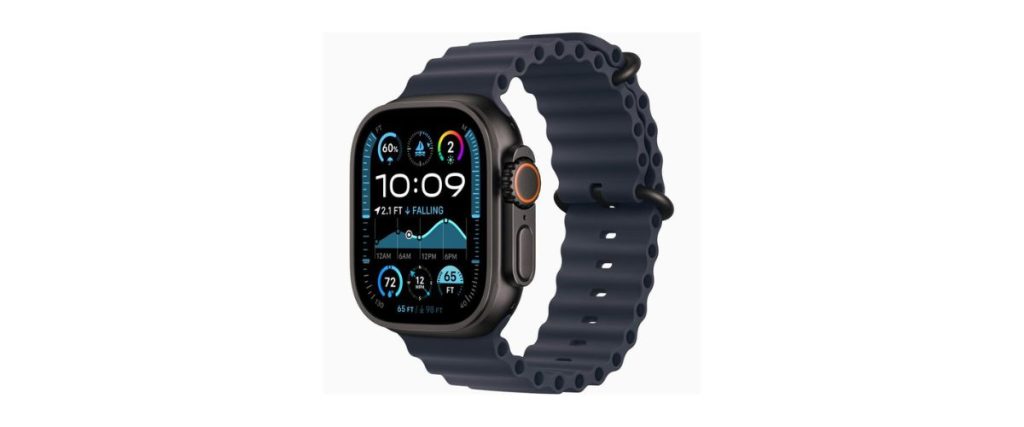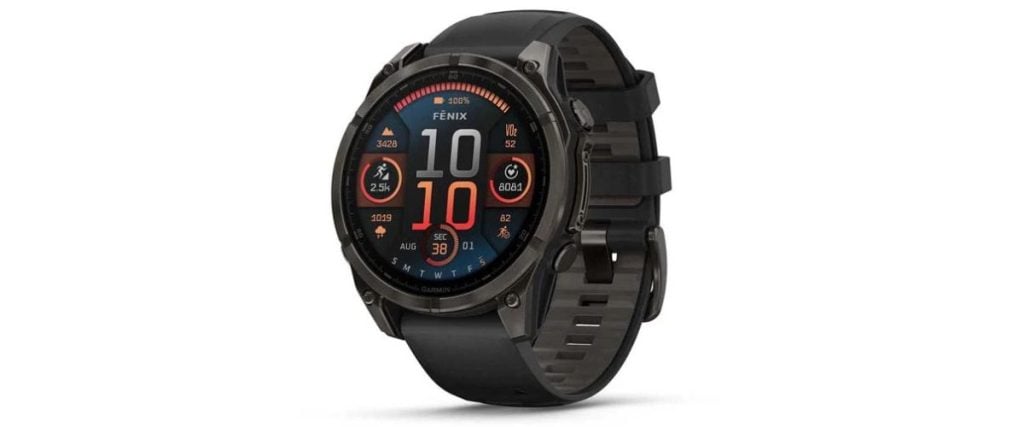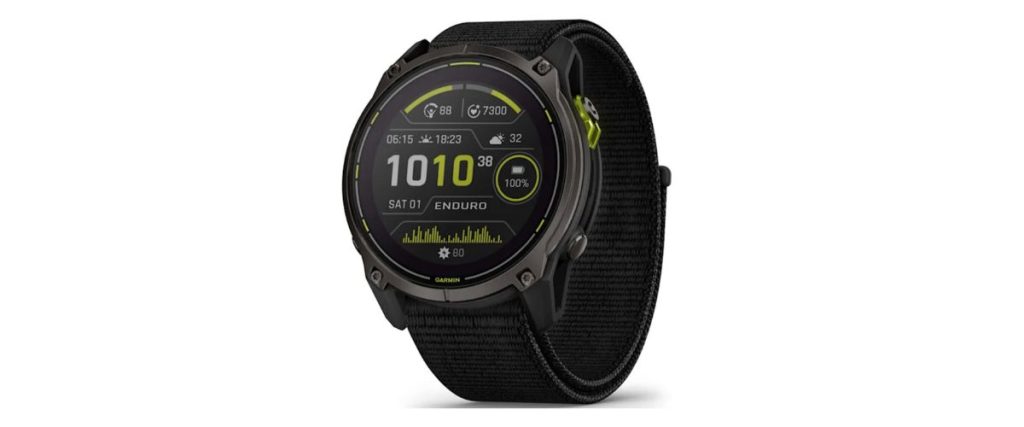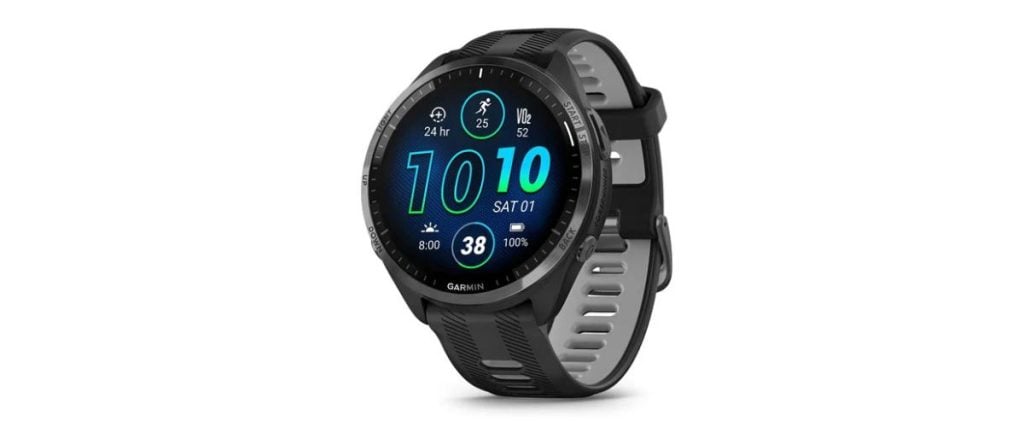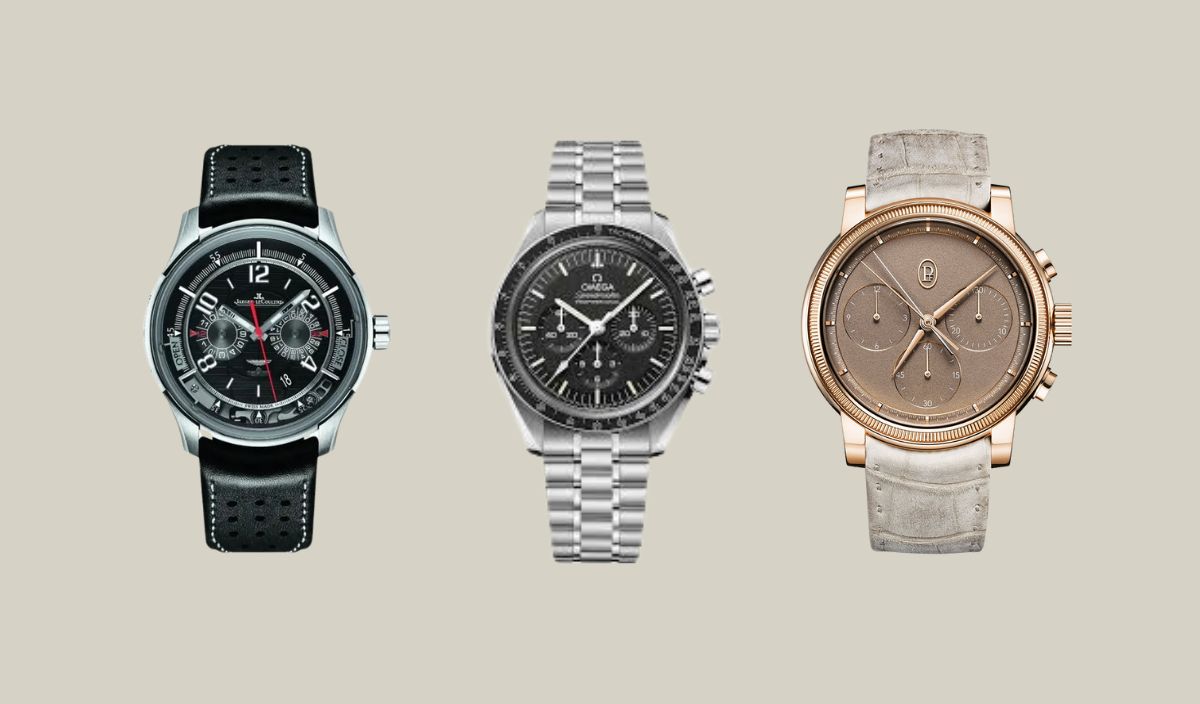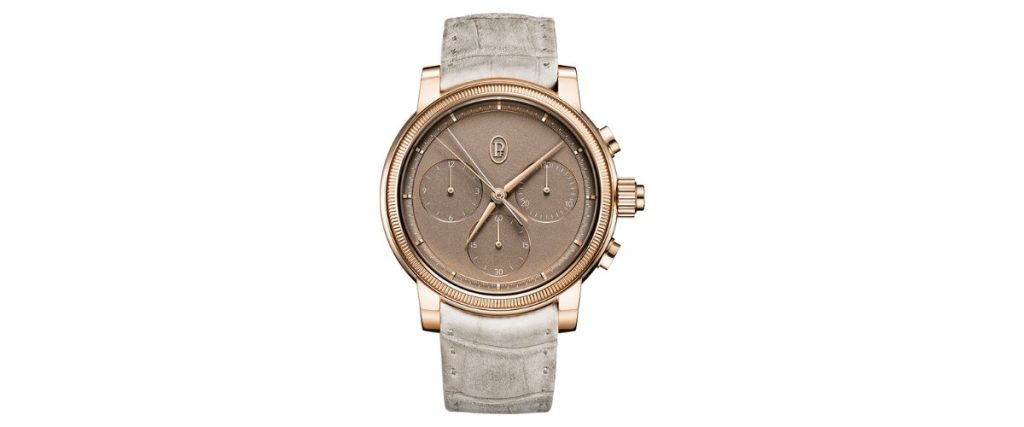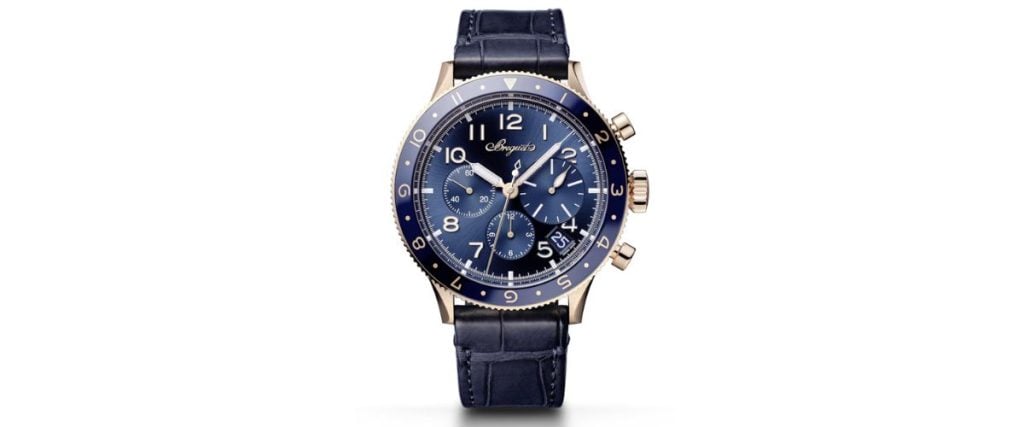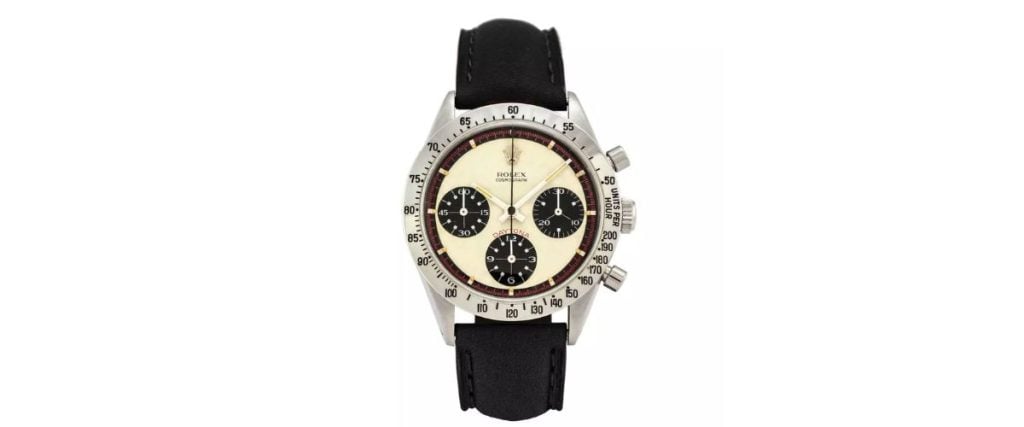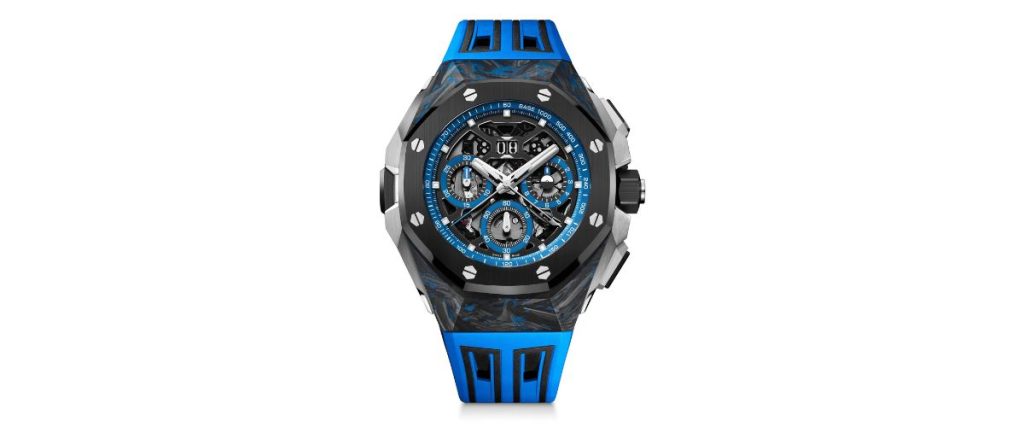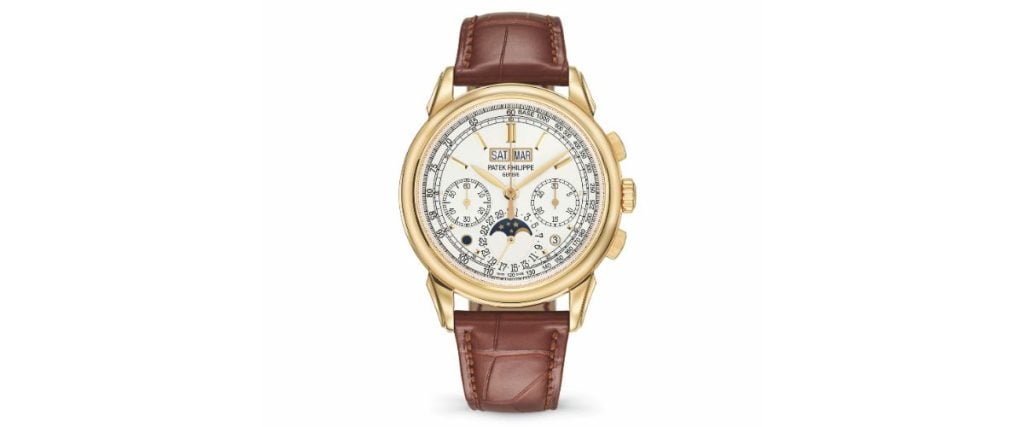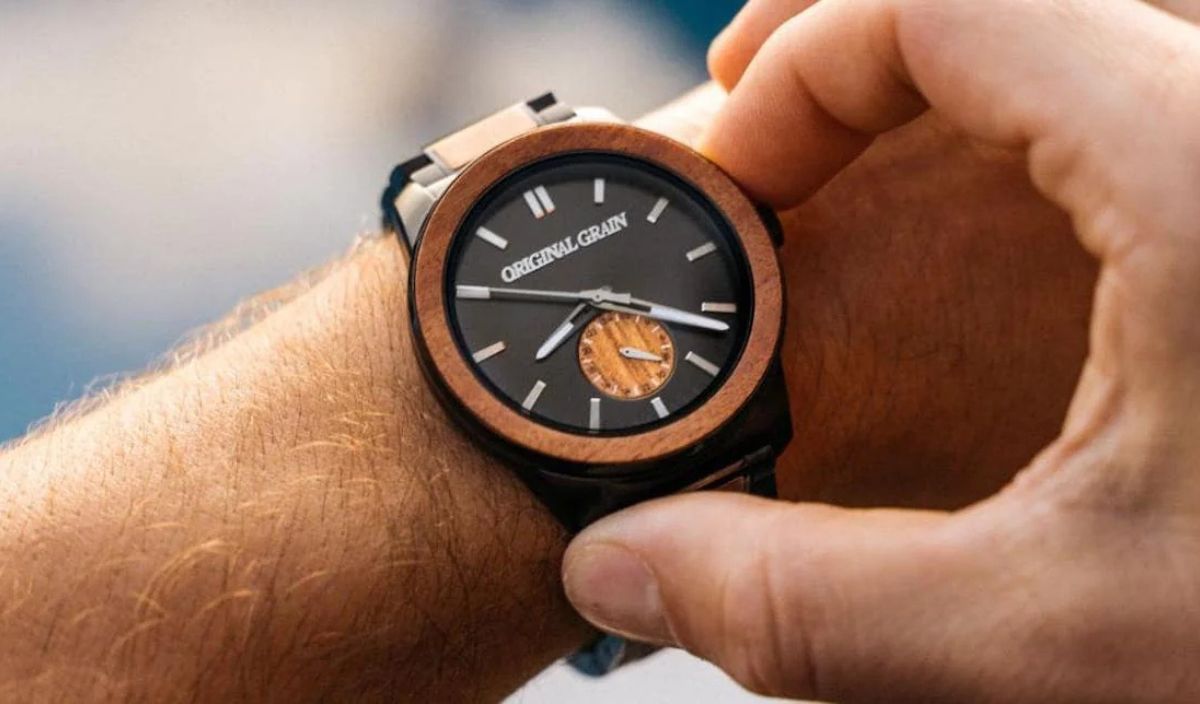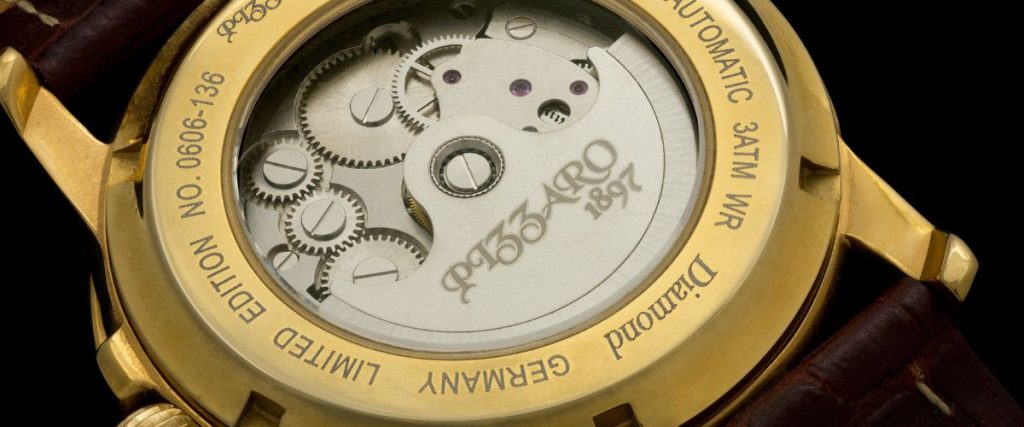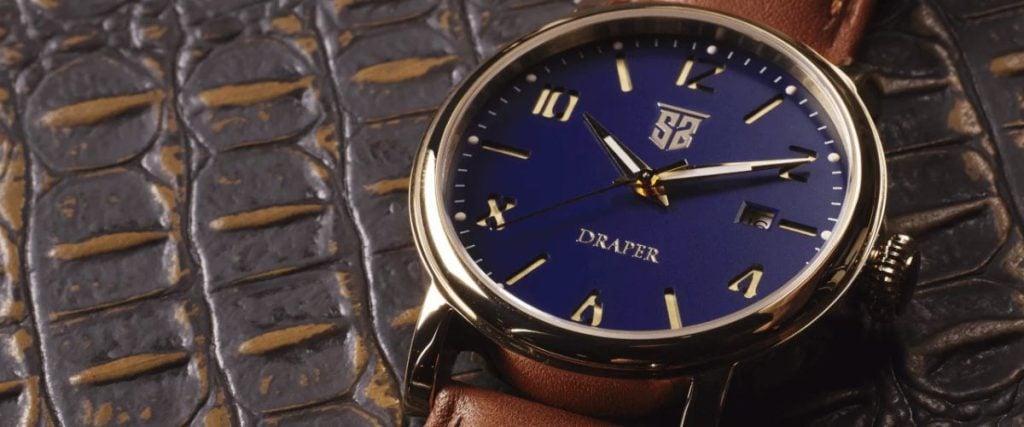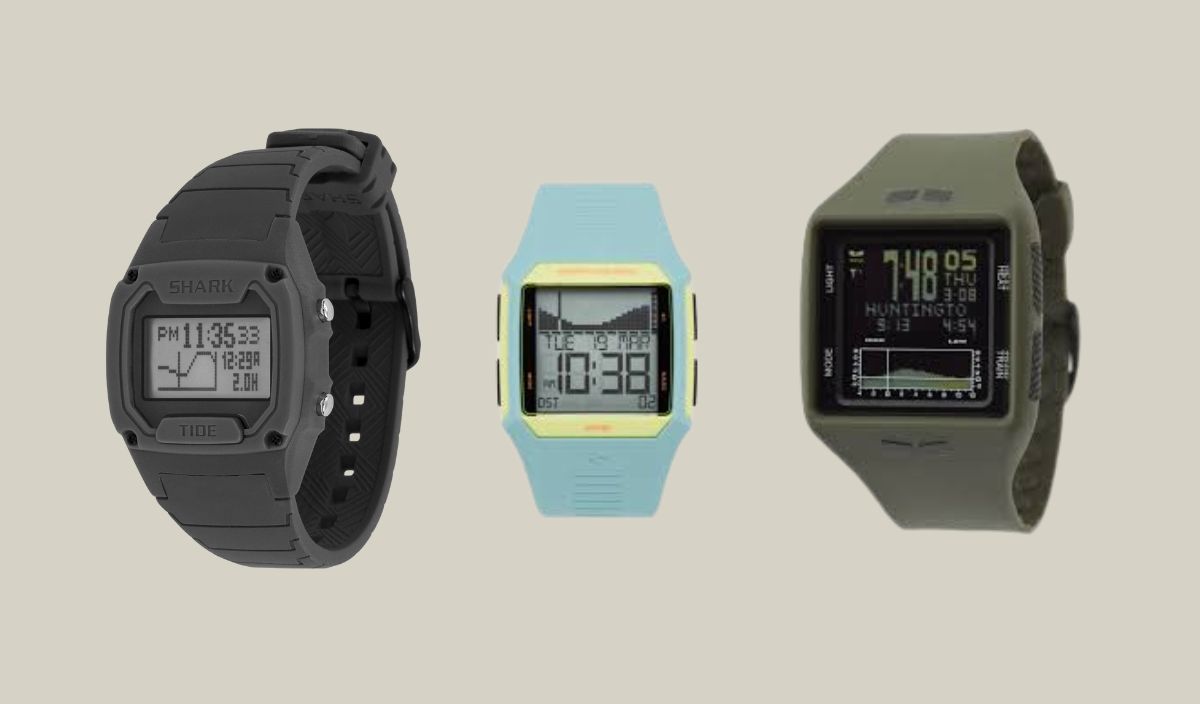
With the mission of giving hardcore surfers a tool to measure critical information to benefit their experience, the surf industry developed action sports watches that were much more fit for high-octane water activity.
These tidal watches indicate high and low tides so that surfers know what to expect should they decide to traverse certain areas, assuring them safety and—in some cases—promising them a more thrilling experience.
The watches measure things like wave height, wave period, water temperature, wind speed, and direction, translating them into simpler terms that the average surfer can understand and correlate to their activities.
As far as technical features are concerned, the possibilities are endless, providing their wearers with an endless amount of benefits that have been impacting the surfing community for years.
Today, we will compare some of the top-performing surf watches, admiring their technical prowess and unmatched utility, examining all of the benefits they bring to the table, and examining precisely how they have revolutionized what water sports watches can be.
History
Before surf watches existed, surfers simply used regular sports watches or dive watches to track time. While these watches still stood apart for being able to withstand the amount of water activity, they didn’t have the specific features that surfers needed.
Before surf watches came to be, no one ever imagined a watch being able to measure the tide or give the kind of information that could impact your entire surfing experience.
The Rip Curl “The Tide” Watch was one of the first groundbreaking products that was specifically designed for surfers. This watch featured a tide chart that allowed the surfers to maximize the chances of catching bigger waves, setting them apart from other high-water resistance watches because of their utility.
The best feature was not only the accurate information the watch relayed about the tide but also the amount of information it offered for various locations. This quite literally changed the game as surfers no longer had to rely on physical tide charts for their surfing sessions.
Rip Curl is often credited for inventing the first true surf watch, as upon introducing their piece, new watches began sprouting up, eventually establishing an entire category of their own.
How to choose the right surf watch
When looking at the benefits of surf watches, there are a few key features that you want to look out for. Firstly—and most importantly—is the wave height tracking. This is the key innovation that makes surf watches one of the most valuable tools for serious surfers.
With the ability to monitor wave height and allow surfers to select the best conditions, this feature proves to be irreplaceable, often serving as the single greatest selling point for high-end pieces. It offers real-time data, giving previously uncertain surfers a new layer of confidence before they begin their endeavors.
A second notable feature is the tide charts that provide vital information to help surfers anticipate the best time of day to surf. As the tide changes, so does the wave formation, so knowing when the tide is coming in or out lets the surfer know the best time for riding.
Many watches come with long-term tide predictions so that surfers can plan their day in advance. For the most part, they are very accurate, but keep in mind that real-life scenarios can diverge from what the watch is projecting.
The third feature is the ability to monitor weather conditions. Things like wind direction, speed, temperature, and precipitation have been known to either enhance a surfing experience or ruin it altogether. What this feature allows is for the wearer to receive real-time weather updates, warning them of dangerous storms or harsh winds.
With these three features, surfer watches set themselves apart from any other utilitarian piece on the market. Since they are specifically engineered to cater to a single group, they come with the most efficient and convenient tools for surfers looking to maximize their wave-riding experience.
Now, as we dive into the best surfer watches available right now, take note of how these pieces could potentially affect your surfing experience and whether or not they check any of your own preferences as you search for the next watch that will enhance your time on the tide.
Shark Classic Tide 600
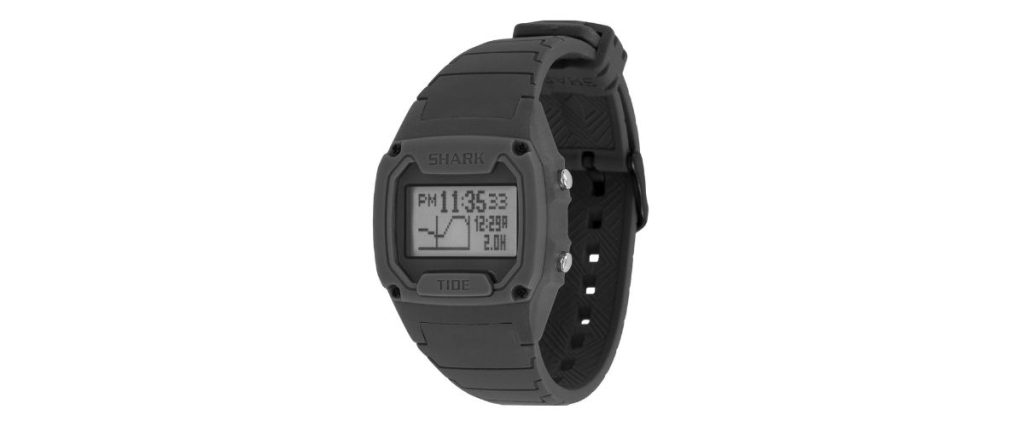
Small and simple, measuring 38.5mm in diameter, the Shark Classic comes equipped with all your basic functions in a sleek, durable black case that is capable of resisting water up to 100m.
With 600 pre-programmed global locations, the amount of information at your disposal is quite literally endless, and with high and low tide data all being able to be read from a night vision dial, this piece is extremely simple to navigate.
The aesthetic is exactly what surfers want, nothing too grand, nothing too noticeable, just a powerful, effective watch that is able to make their journey through the waves as simple as possible.
The Shark Classic Tide 600 costs $120.
Rip Curl Rifles Tide Watch
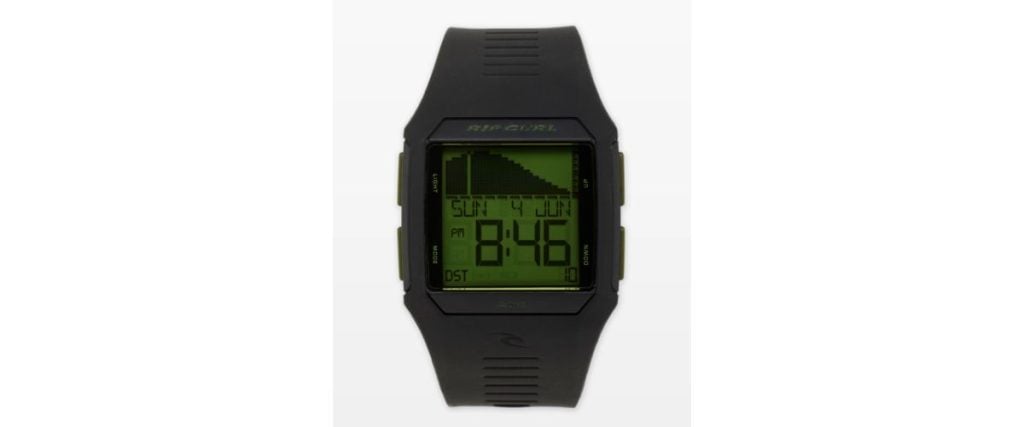
The alarm, stopwatch, countdown timer, and light features on this piece place all the data you could ever need for navigating the waves directly on your wrist.
The case is made from ABS-hardened plastic that has been tested at underwater pressures of 100m, and the rubber strap band ensures comfortable wear that surfers will barely notice.
This watch is the perfect combination of function and value, as the digital screen upholds its legibility under any lighting condition, and the precise tidal measurements offer impeccable surfing information. And, with 500 pre-programmed surfing locations, my hope is that you will never run out of possible destinations for this watch to shine.
The Rip Curl Rifles Tide Watch costs $159.
Vestal Brig Tide & Train
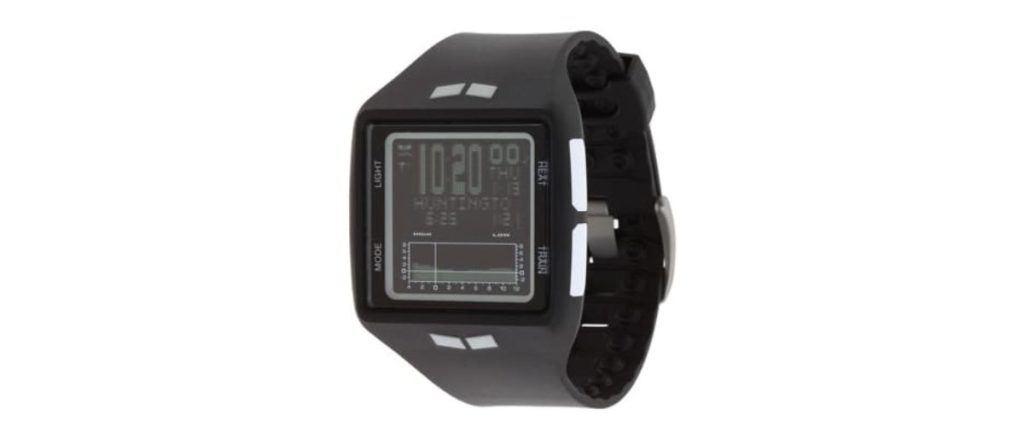
The Brig Tide & Train offers 200 preloaded locations displayed on the visually striking tide graph. This watch looks very sleek, as it seems to try and capture a different aesthetic that perhaps most surfers aren’t accustomed to.
This watch tells time extraordinarily well, displaying the date and including the standard day of the week and alarm features. The bright screen is very easy to read, and the sleek profile compliments the digital tone this piece seeks to emulate.
The bold design would look quite heavy if not for the sleek profile that tones down the bulkiness, as the raised pattern on the watchband minimizes the amount of contact it has with the skin, further serving that subtly. A very powerful product that flies much too low on most surfers’ radars. Definitely worth checking out.
The Vestal Brig Tide & Train costs $140.
Casio G-Shock G-Lide GBX-100
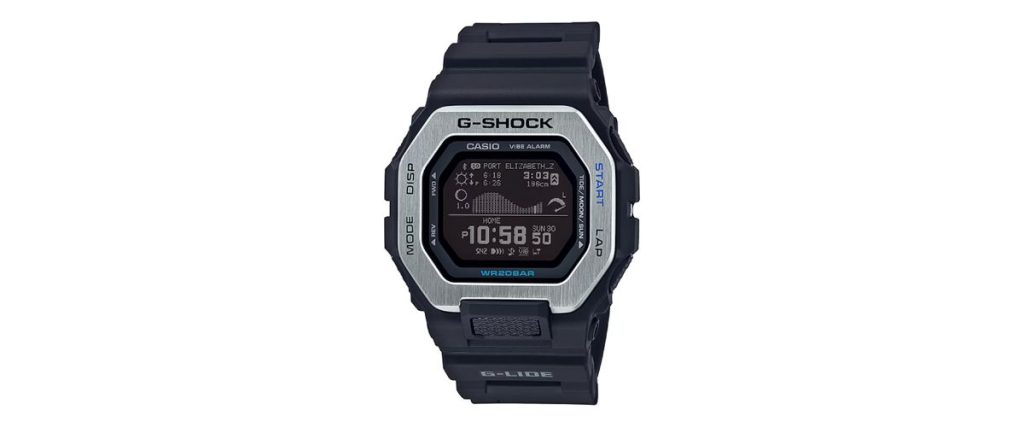
The rugged appeal of the G-shock has been enthralling fans for years. This 200m water-resistant watch manages to remain fairly compact on the wrist while offering a plethora of utilitarian and convenient features that enhance your surfing experience.
G-Shock has been repeatedly praised for its commitment to high-functioning, high-withstanding pieces that exceed competition, and the G-Lide is no different.
Coming with quite a few default displays on the digital screen, the one that will appeal to surfers the most will be the tide info screen, but the others include sunset, sunrise, time of next tide event, a tide graph, and the time, supplying the wearer with all the information they need.
You can also link this watch to your phone and can preview the same notifications from your watch, which makes it all the more convenient. Overall, with what this piece delivers, the G-Lide is a standout watch that comes in at a very competitive price point that will leave surfers extremely satisfied.
The Casio G-Shock G-Lide GBX-100 costs $160
Nixon Base Tide Pro
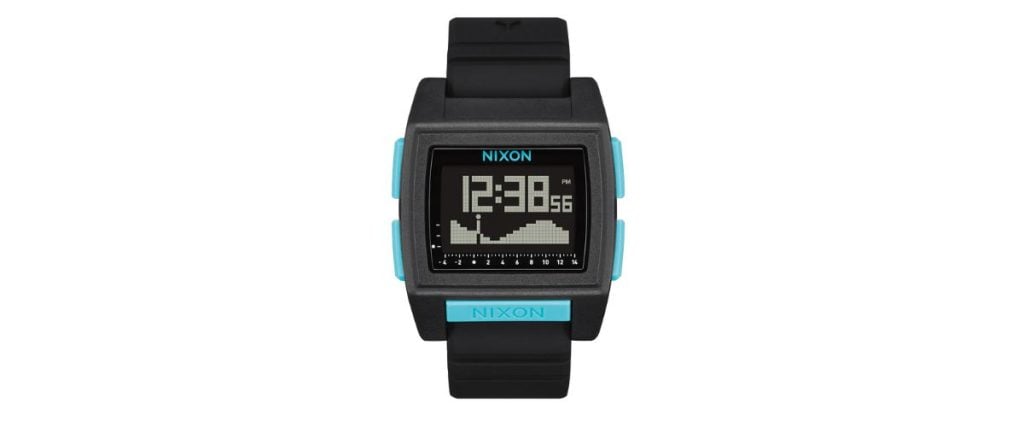
Available in either positive or negative high-contrast displays, this watch comes neatly delivered in a simple little package that gives you everything you need and nothing that you don’t. The default display features the time at the center with the option to toggle between a tide graph or the date display.
What comes as the notable feature is the silicone band that is extremely comfortable on the wrist, making it optimal for all-day wear.
This watch shines in its minimalist approach, becoming a niche favorite among the surfer community, and with 100m of water resistance, it delivers on all fronts. Nothing too crazy, but just enough to satisfy its fanbase.
The Nixon Base Tide Pro costs $150
Rip Curl Search 2 GPS Smart Surf Watch

Being ingrained in surf culture makes Rip Curl a frequent contender when listing the most prevalent surf watches. It almost becomes second-hand to support a Rip Curl when hitting the waves, which brings us to our second entry for today, the Search GPS 2.
This piece features a tide tracker that records your wave count and measures your top speeds, distance traveled, and time out in the ocean, all while being able to withstand water pressure of up to 100m.
You can also connect your GPS watch to the Rip Curl Search App to view your session again through location maps and graphic charts, which is a very interesting feature, especially if you are trying to tone your skills and look at different ways you can get better at surfing.
This watch is best suited for tracking waves, however, offering some of the most accurate measurements out there.
The Rip Curl Search 2 GPS Smart Surf Watch costs around $154
Garmin Instinct 2 Solar Surf Edition
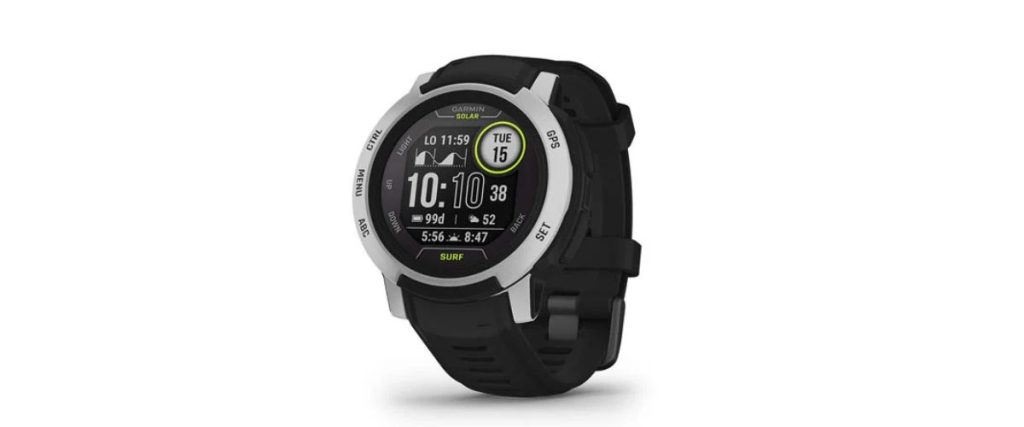
A powerful testimony to Garmin’s legacy, the Instinct 2 questions what is truly capable of digital pieces and seems to serve as a brief glimpse into the future. Garmin has truly perfected the art of smartwatches, and the Instinct 2 comes as a welcome addition to their already impressive catalog.
Teaming up with Surfline, Garmin had the vision of providing all the information surfers could ever need, whether it be checking the tide, the sunrise/sunset times, checking the weather, tracking and recording your surf session, and monitoring your heart rate and saturation levels while you’re on the water.
They accomplished all of that and more, introducing the longevity of their battery life through their solar version, with an already extraordinary stat line that proved to be the perfect combination.
I can safely say that this watch is a digital masterpiece, appealing not only to surfers but to anyone who is looking for a flawless smartwatch. The features are truly endless, and it’s no wonder that Garmin is considered one of, if not the greatest, smartwatch makers of all time.
The Garmin Instinct Solar Surft Edition costs around $300
Casio GLX-5600
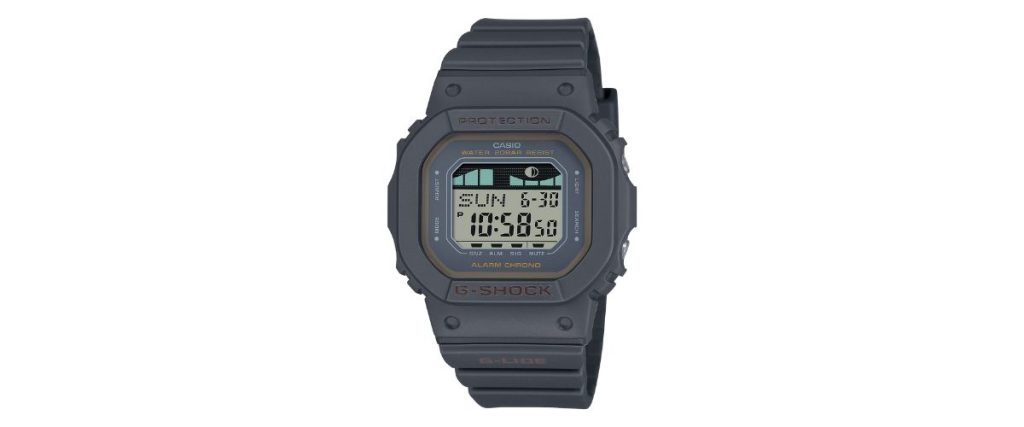
With a tide and moon graph and a moon age data chart, Casio makes a technological statement with their GLX-5600. Like the other Casio watch on this list, the GLX-5600 has a water resistance of up to 200m.
The digital-gray dial face shows the date and day, with other light functions to adjust legibility and several search functions with plenty of information for surfers of all skill levels.
Another durable titan, being able to fit on any wrist, provides a comfortable fit while being able to withstand any environment. The tide and moon functions are certainly the highlight, as casual surfers will gravitate towards this piece more than extreme wave riders.
The Casio GLX-5600 costs $160
Suunto Core
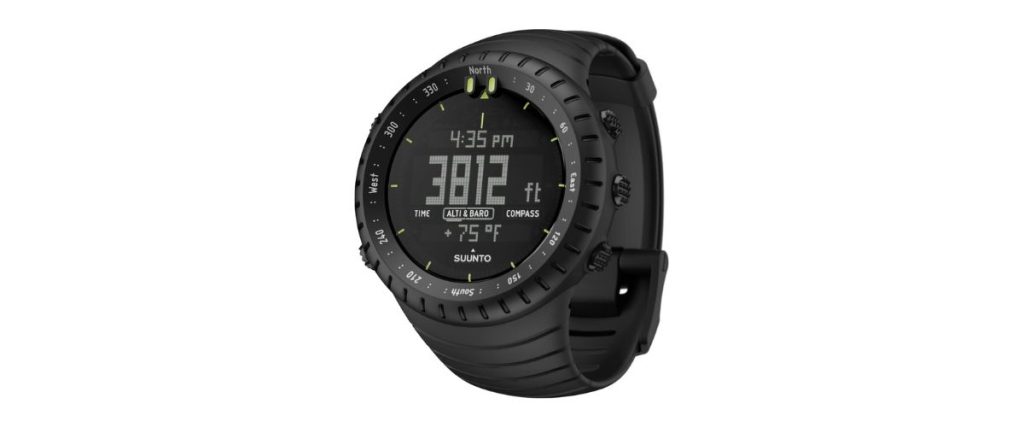
This watch claims to have the power of an entire weather forecast directly on your arm. The Suunto Core features an integrated barometer that measures the air pressure, being able to predict the local weather and accurately inform surfers of optimal or unsafe conditions.
Even better, the Core also comes with a “Storm Alarm” that alerts you of any severe weather in the area, giving you appropriate time to respond accordingly. This safety feature has the potential to save the lives of potentially unaware surfers and is a very critical tool for maximizing fun on the water while keeping its wearers safe.
The Suunto Core costs $199
Polar Vantage M GPS
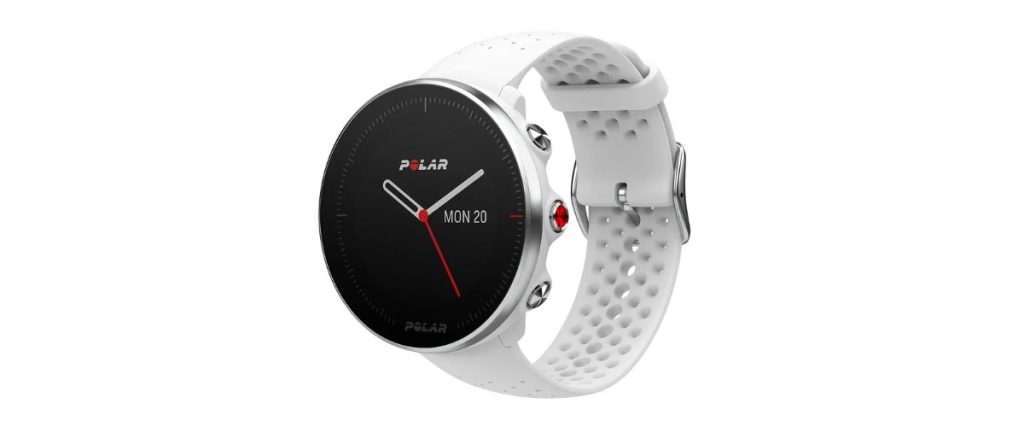
Stepping up the digital quality is the Polar Vantage M GPS, which pushes the limits of smartwatch innovation. This is much more than a surf watch, offering all of the surfing information you love while also adding other additions for fitness gurus as well.
This watch comes loaded with data-tracking performance, including optical sensors and heart rate monitoring, that is useful on and off the waves. It also has a feature called the “Polar Training Load Pro” that can discern whether you are doing cardio or lifting weights, providing more accurate data and statistics.
To be honest, if you are looking for a watch that is simply for surfing, you would be much better off getting a more basic piece. But if you’re in the market for a heavy-duty, highly efficient digital mammoth, then this is the piece for you.
The Polar Vantage M GPS costs around $600
Timex Ironman
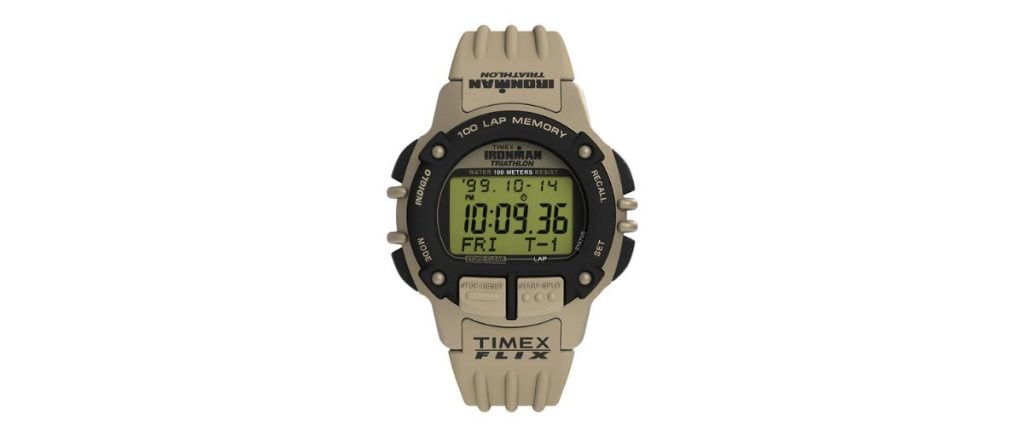
Dialing down the price is the Timex Ironman. Surfers looking for a simple watch that can keep time on the water and provide them with all the basic information need nothing more than the simplicity of the Ironman.
It features a water resistance of 100m, a chronograph that tracks your exercises, programmable alarms, a stopwatch, and a countdown timer to make it easier to time your surfs.
There’s also an integrated night mode that provides ample legibility for low-light conditions. Nothing too major stands out on this piece, but the price is too good for me not to discuss, as low-budget surfers will undoubtedly gravitate towards what this piece has to offer.
The Timex Ironman costs $87
Garmin Forerunner 45 GPS
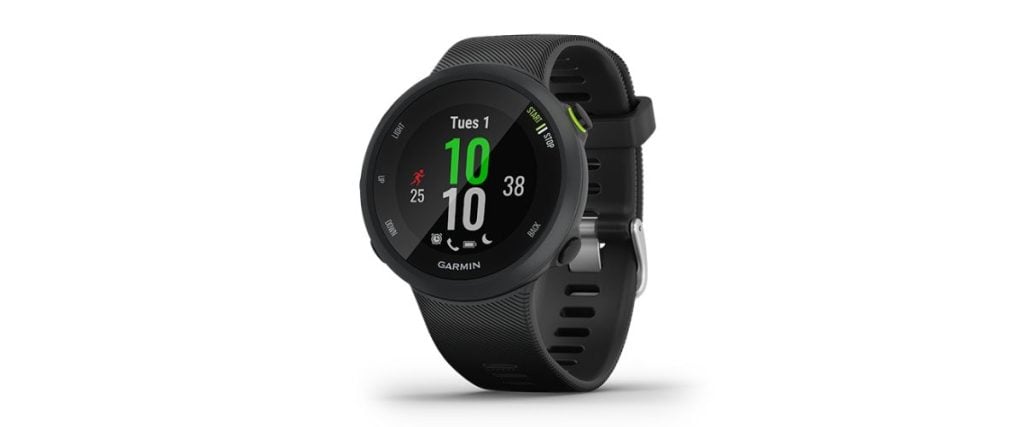
The Forerunner 45 boasts a built-in safety tracking feature that can send your location in real-time to any emergency contacts should a situation arise.
Due to the fact that surfing comes with various risks, some surfers deem this feature a necessity, as the watch will notice a sudden change in your vitals and send for immediate help. This extra sense of security comes hand in hand with all of the features that surfers already have, providing a new layer of safety that many feel was missing.
Since the Forerunner 45 is also a GPS watch, many programmable routes are supported and can be preloaded before setting off, and after your surf session, you can view your health monitoring statistics that can also be synced with your smartphone.
The Garmin Forerunner 45 GPS costs $199
Conclusion
So there you have it—the watches surfers love and the watches they need, all compiled in an orderly fashion.
This is a surprisingly affordable category of watches, providing surfers with prices that don’t sound so egregious while also maintaining all of the necessary features for a well-had and safe time on the water. Many technical marvels have freshly hit the scene, and both surfers and outdoorsmen alike have more tools to use how they wish.
This market is treated with great care as brands aim to provide their customer base with all of the necessary features to enhance their adventures and add an extra spark to wherever life takes them. If you are in the market for one of the pieces, I hope this list helped you narrow down your search, and I feel confident that pieces like the ones we have discussed today are only bound to improve.


